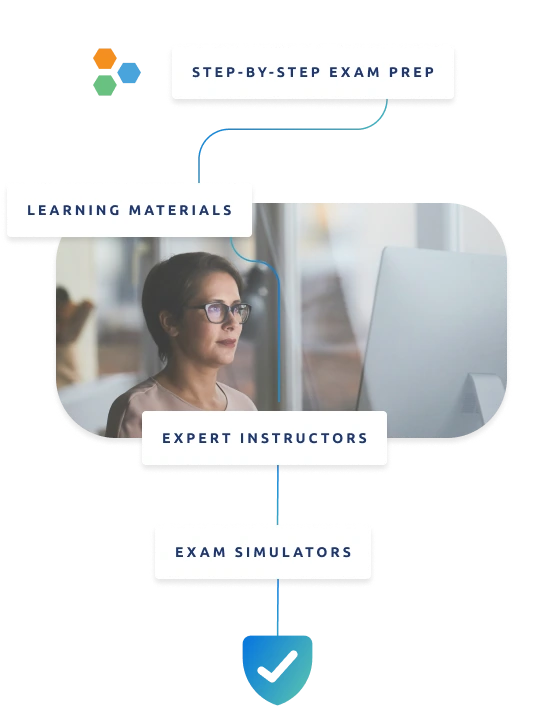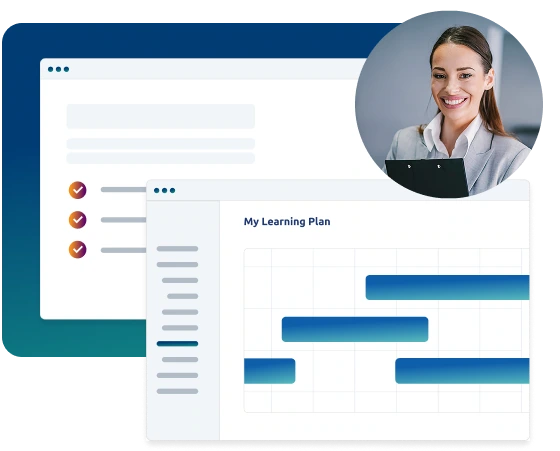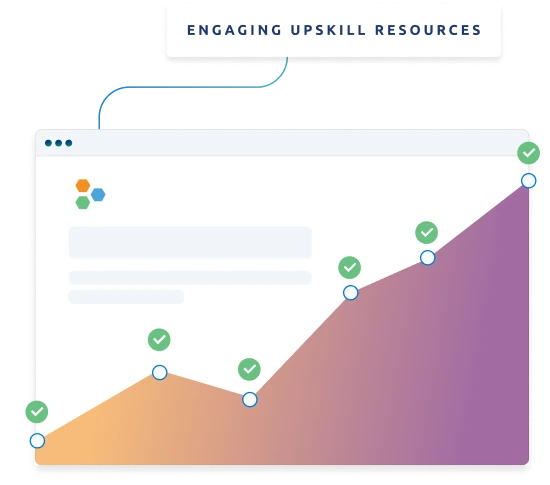Success Stories
Exam Prep
Prioritize learning over memorization
Comprehensive exam prep allows you to gain the confidence to pass your exam on the first try!
Step-by-step exam prep with a study plan.
Rita Mulcahy’s books make you exam ready.
Experience passing the exam before taking it with our exam simulators.
Get personalized coaching with an expert instructor.

Online Classes
Expert instructors prepare you for your certification exam
Learn quicker with proven accelerated learning strategies.
Master essential agile, hybrid and predictive methodologies.
Personalized study plan includes every tool you need to succeed.
Gain insights through practical examples, hands-on exercises, and expert strategies.
PMP®, CAPM®, PMI-ACP®, PM Fundamentals and more.

Coaching
Level up with a certified expert to help you gain your certification on your first try
“I recommend RMC Learning Solutions to everyone I know that is considering taking the certification exam, and as a resource for honing their skills. Keep up the great work!“ - Kevin S.

Upskilling
Empower project managers of all levels to manage projects with confidence
Engaging upskill resources that can be put into practice immediately. Includes eLearning courses, interactive games, PM tools, and webinars for entry-level to senior-level roles.
Technical project management.
Strategic business management.
Leadership skills.


Knowledge
Boost your expertise with our free Webinars

Classes
Enroll today in one of our Online Classes

Training
Become a RMC Certified Trainer™

Online tool
Try Rita’s Process Chart™ Game

Business
Elevate your company’s and employee’s futures

Individual learners
